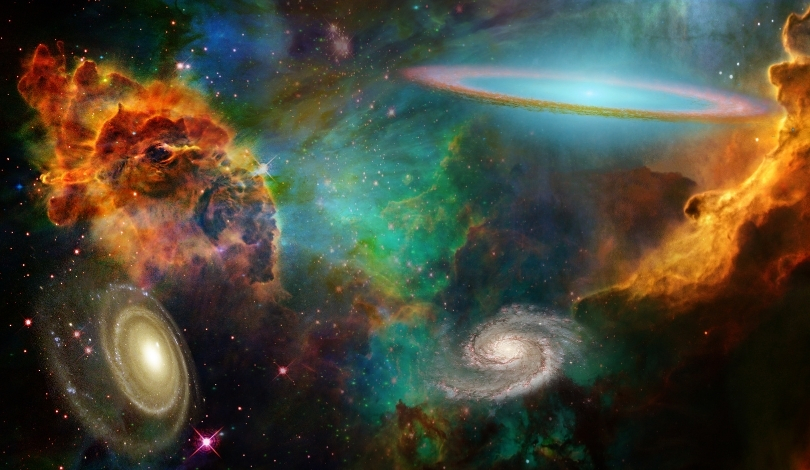The Euclid Space Telescope has unveiled a remarkable gravitational phenomenon, capturing an Einstein Ring surrounding the galaxy NGC 6505. This discovery highlights Euclid’s advanced capabilities in astronomical observation. The alignment required for such an event allowed scientists to gain new insights into cosmic structures.
Similar sightings have been documented using other telescopes; however, Euclid’s high-resolution instruments provided unprecedented clarity. Earlier observations lacked the precision to detect such intricate ring structures around known galaxies.
How Did the Einstein Ring Formation Occur?
The Einstein Ring formed through gravitational lensing, where the massive foreground galaxy NGC 6505 bends space-time, causing light from a distant background galaxy to curve and magnify into a circular shape.
What Instruments Captured the Ring?
Euclid’s VIS, the Visible light camera, and NISP, the Near-Infrared Spectrometer and Photometer, were instrumental in capturing the detailed images of the Einstein Ring, allowing scientists to observe it with high precision.
Why Is This Discovery Significant?
This discovery is significant because Einstein Rings are rare and serve as powerful tools for studying the expansion of the Universe, dark energy, and dark matter. The clear observation of such a ring provides valuable data for testing theories of gravity and cosmic composition.
The discovery emphasizes Euclid’s capability to find novel phenomena even in well-studied regions of space. The exceptional nature of the Einstein Ring around NGC 6505 demonstrates Euclid’s potential to contribute significantly to our understanding of the cosmos.
Research based on Euclid’s findings offers deeper insights into gravitational lensing and the structure of galaxies. The detailed analysis of the lens galaxy’s peculiar velocity and light profile enhances our knowledge of Universal expansion and the distribution of dark matter.
The observation of the Einstein Ring by Euclid not only showcases the telescope’s advanced technology but also opens new avenues for astronomical research. These findings are expected to aid in the ongoing exploration of dark energy and the overall dynamics of the Universe.










